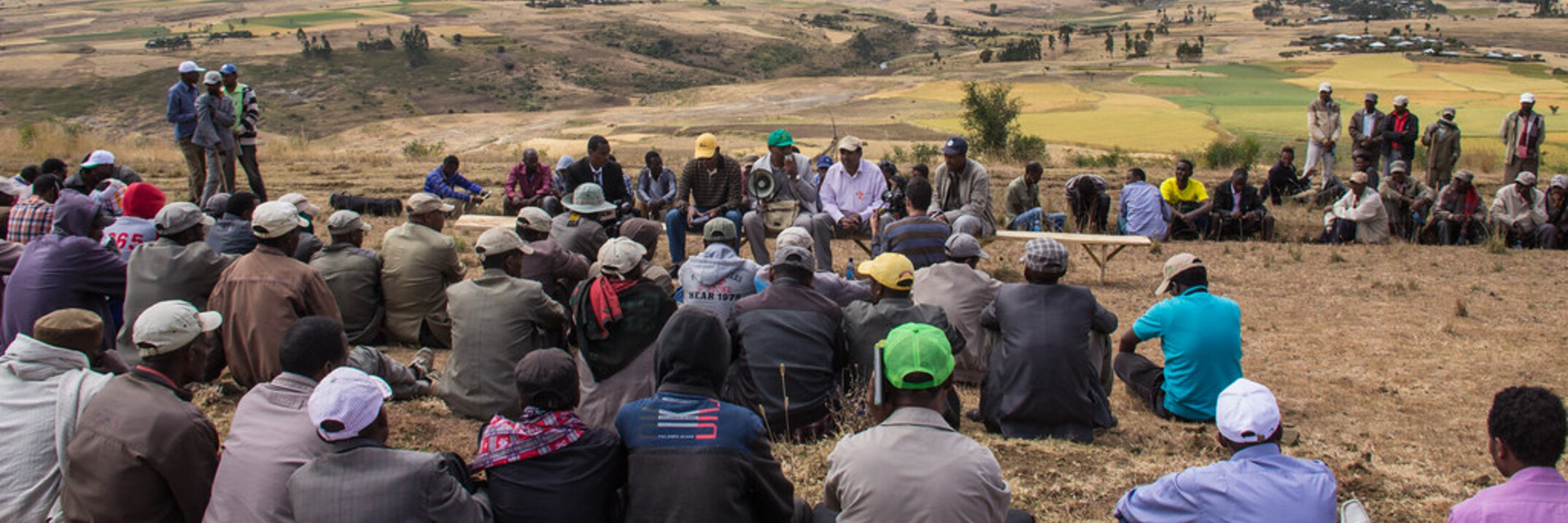This study aims to identify best areas for the establishment of a genetic reserves network in Lebanon to achieve the in situ conservation of 35 targeted CWR taxa belonging to Aegilops L., Triticum L., Avena L., Hordeum L., Cicer L., Lens Mill. and...


